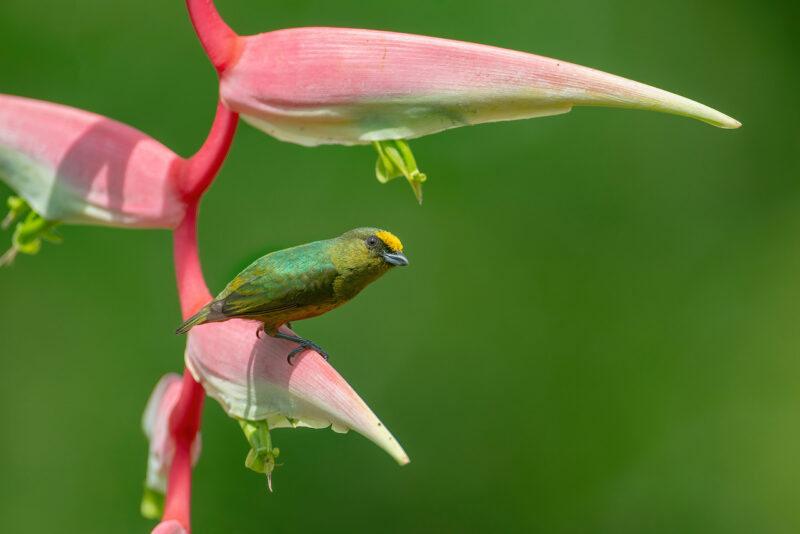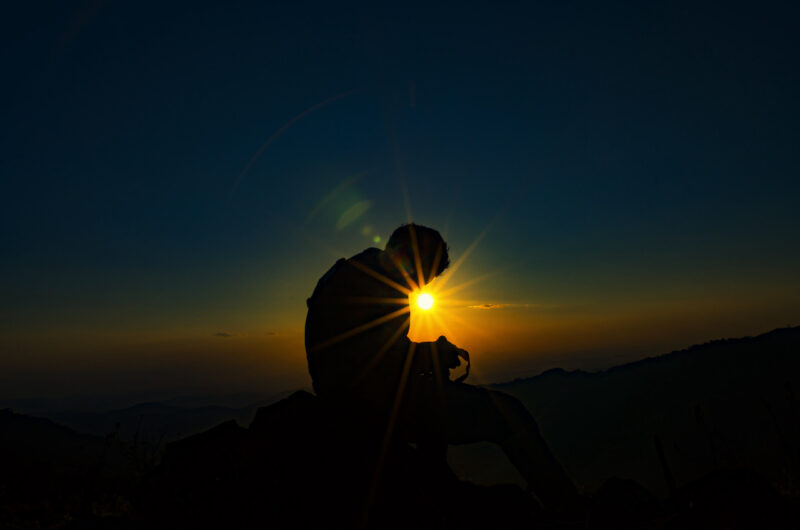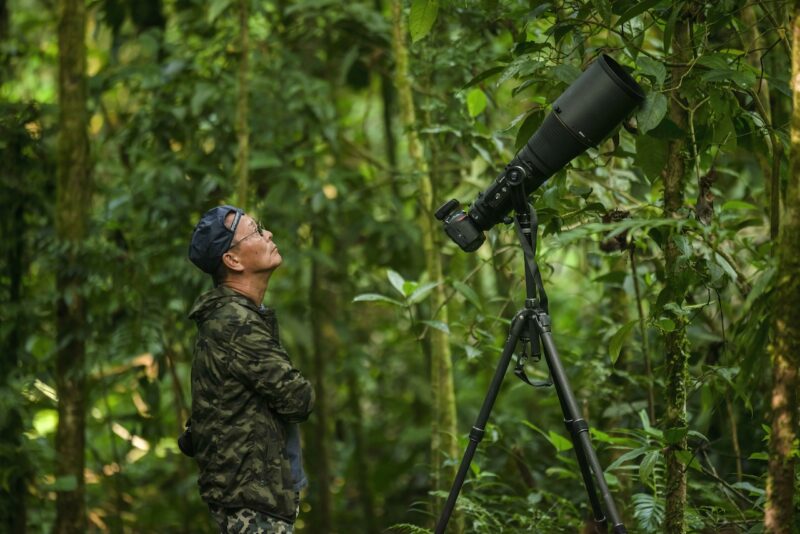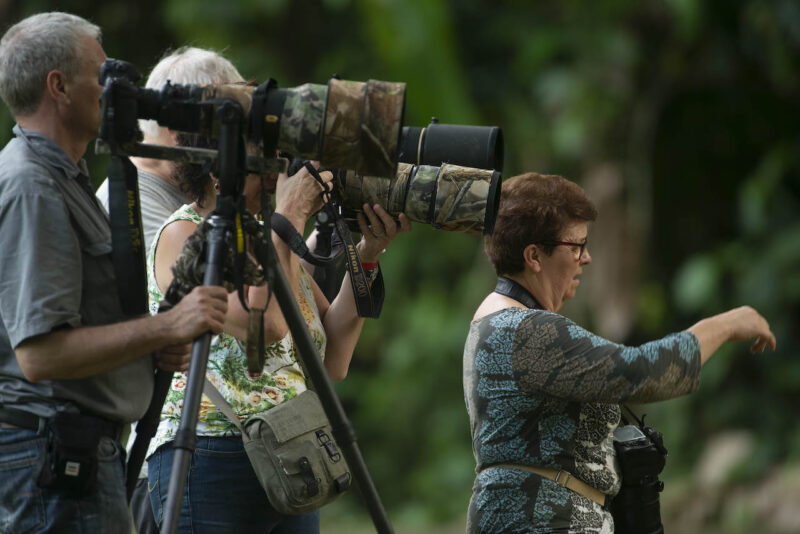Quick tips for Better Bird Photography in Costa Rica

Costa Rica is a fantastic destination for bird photography. Trogons, Flycatchers, Hawks, Toucans, Hummingbirds, and hundreds of other tropical birds, many at close range; it can make you feel like a kid in a candy shop.
More than 934 species of birds have been found in this small, beautiful nation. That makes for a significant number of potential subjects but they don’t occur everywhere. Various species are rare, many depend on particular specific habitats, and some sites are better for bird photography because of lighting.
There are a number of techniques to take better pictures of more birds in Costa Rica. These quick tips are perfect to start.

Set up near fruiting trees and flowering bushes
Birds can be a lot like people. For example, when they are hungry, they go where the food is. Since birds use up a lot of energy, they can’t afford to be frequent visitors to the natural buffet. That means spending more time in places with big trees and other types of natural habitats that have plenty of fruit, seeds, and insects.
However, even though tropical ecosystems are chock full of life, you won’t find birds hopping in every tree and bush. The complex nature of such habitats means that one tree might have fruit in June and another in August. Another species might bloom in October and January could be the best time for more insects. This unreliable dynamic can be a challenge but it also has a big advantage; concentrating birds on food sources. Set up near those temporary hotspots and you might be treated to several hours of exciting bird photography.
To find those bird photography hotspots, look for any trees or bushes with fruit and flowers. If you notice a few birds flitting around, find a good spot to set up and wait for the avian show.

Take advantage of the rain.
Rain is a challenge but it doesn’t have to cancel out your bird photography. As long as it’s not raining too heavily, find a sheltered spot close enough to exposed branches, a flowering bush, feeders, or fruit trees. Open-air restaurants at eco-lodges can be ideal. Set up, try some test shots to figure out your settings, and wait for the birds. Tropical birds are well adapted to rain and more can appear than you expect! They can take natural showers while perched on an open branch and can still forage for fruits and nectar. Not to mention, during a light rain, the lighting can be superb and the falling water can lend a dramatic touch.

Hotel Gardens can be excellent places for bird photography
Rainforests in national parks have the most bird species but they don’t have the best conditions for bird photography. If you don’t feel like trudging through the wet forest and trying for brief shots of furtive birds in dim settings, check out the gardens back at the hotel. Much better lighting combined with plantings that attract birds makes for much easier bird photography. Make sure the hotel has extensive gardens with plenty of natural habitat and the photography can be fantastic.
Not to mention, as a bonus, bird photography at the hotel makes it simple to take a break or go back to the room to change lenses or charge a battery.
Blog by Daniel Montiel
